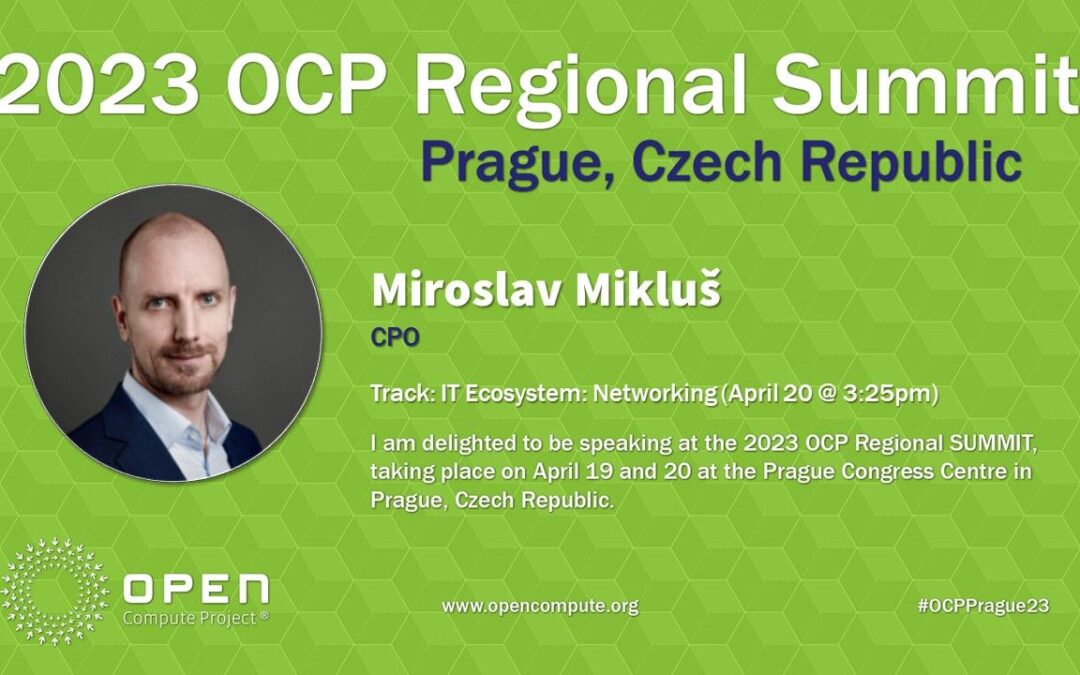

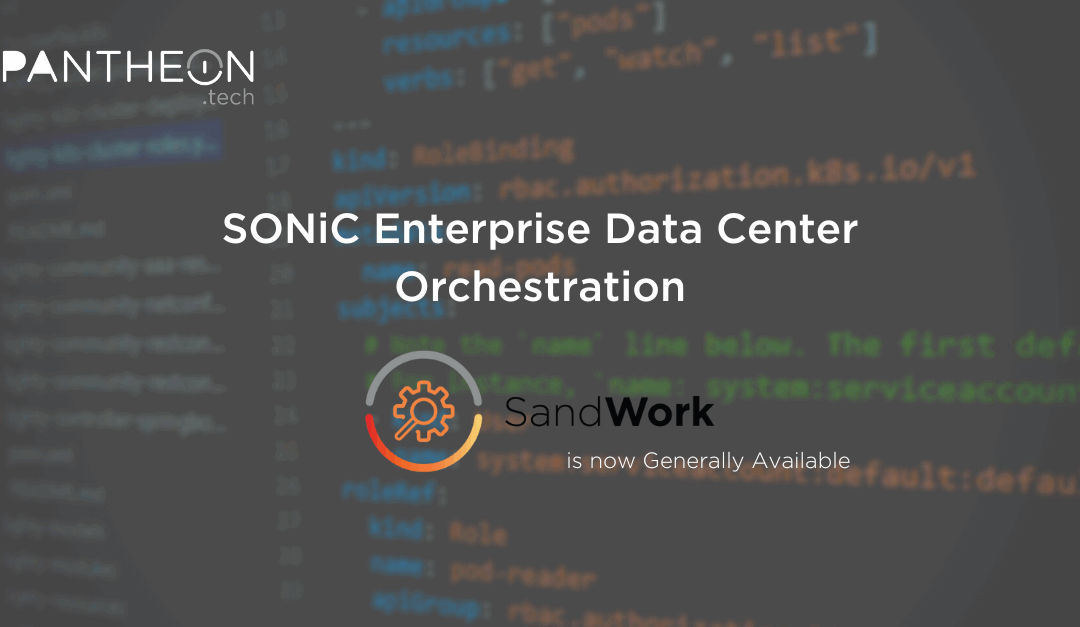
SONiC Enterprise Data Center Orchestration
SandWork is now Generally Available SONiC (Software for Open Networking in the Cloud) is a popular open-source network operating system that has become increasingly popular in recent years. This powerful and flexible platform is used by hyperscalers, large enterprises...![[Video] Open source software in the world of networking](https://pantheon.tech/wp-content/uploads/2023/03/odl-interview-dtf-lfn-2022-1080x675.png)
[Video] Open source software in the world of networking
We are proud that our PANTHEON.tech fellow, Robert Varga, has been keeping the status of major code contributor to the OpenDaylight Project for several years now. He took part in building the architecture of these open source projects from the very beginnings and...![[Video] The Future of OpenDaylight scalability](https://pantheon.tech/wp-content/uploads/2023/01/cover_web_article_video_RVA-odl-scalability.png-1080x675.jpg)
[Video] The Future of OpenDaylight scalability
November 6, 2022, Seattle, Washington, USA. PANTHEON.tech took part in the event called ONE SUMMIT 2022, hosted by the Linux Foundation. PANTHEON Fellow, Robert Varga, introduced the audience to The Future of OpenDaylight Scalability. For those who missed it and could...![[Video] SONiC & OpenDaylight integration](https://pantheon.tech/wp-content/uploads/2023/01/cover_web_article_video_MMI_sonic_odl-1080x675.png)
[Video] SONiC & OpenDaylight integration
November 5, 2022, Seattle, Washington, USA. PANTHEON.tech Team participated in ONE SUMMIT 2022, hosted by the Linux Foundation. Our speaker, Miroslav Mikluš, Chief Product Officer, gave a speech on the integration of SONiC and OpenDaylight. For those who missed it and...![[Release] lighty.io December releases are on fire!](https://pantheon.tech/wp-content/uploads/2022/12/December-lighty.io-releases-1-1080x627.jpg)
[Release] lighty.io December releases are on fire!
Have you wondered whether there was anything happening behind the lighty.io curtain recently? Of course there was! Our team has been very diligently working on improving our portfolio. There have been released various new versions of the open-source project lighty.io,...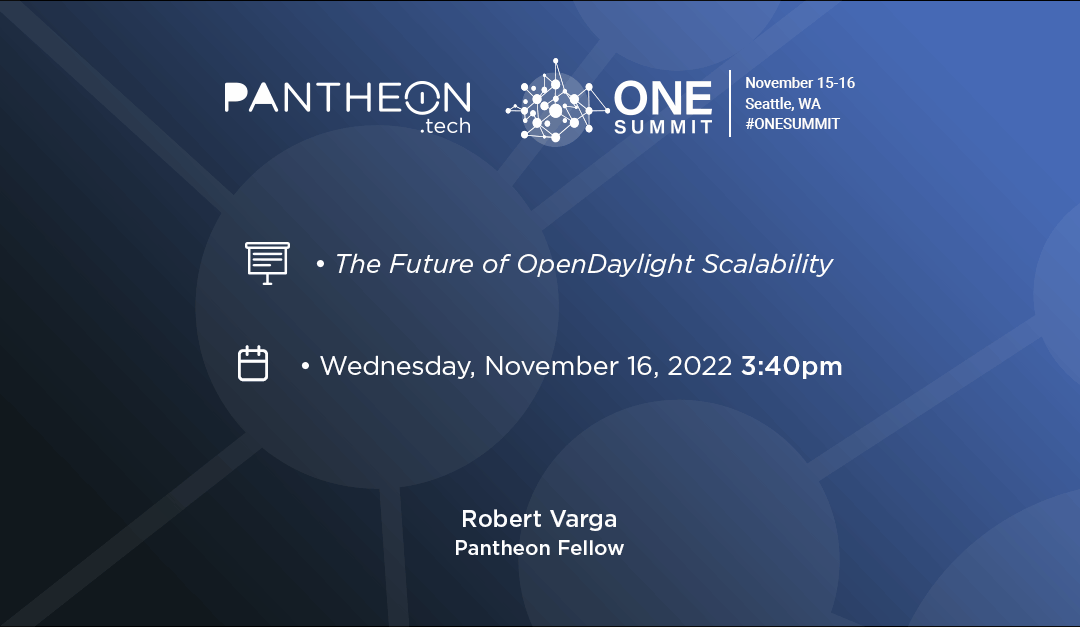
The Future of OpenDaylight Scalability
The OpenDaylight community naturally ought to think of the OpenDaylight (ODL) evolution which is necessary in order to keep up with the needs of new use cases that are currently higher than the ODL is currently offering. We at PANTHEON.tech are proud to be one of the...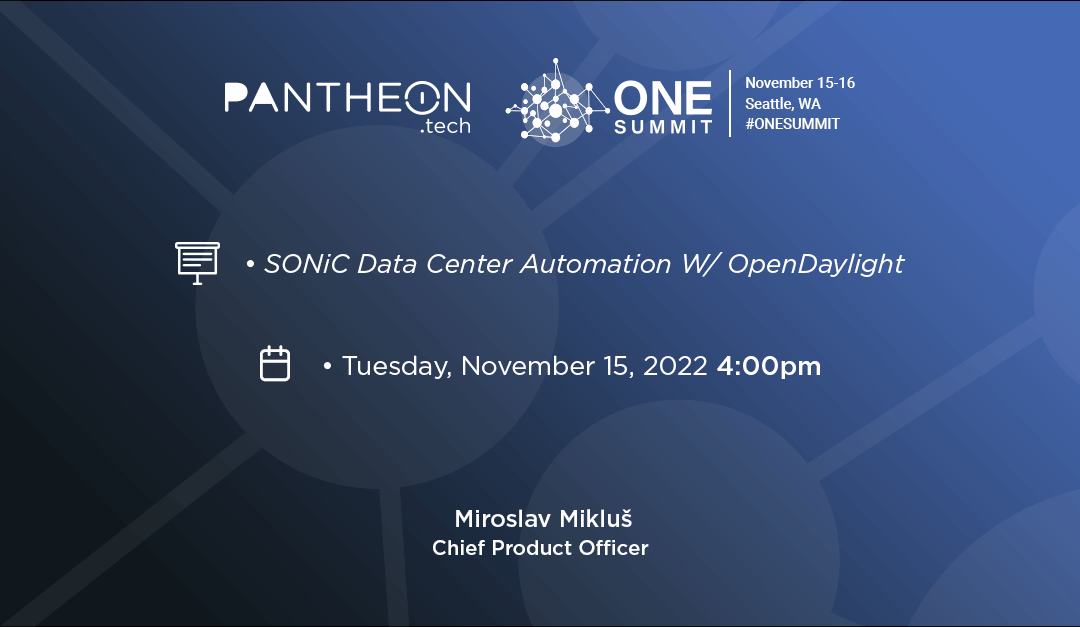
SONiC Data Center Automation w/ ODL Integration
Software for Open Networking in the Cloud, also known as SONiC, is an open source network operating system which has been recently given over to the Linux Foundation. This contribution will accelerate adoption of open-networking based white-box devices. Our team at...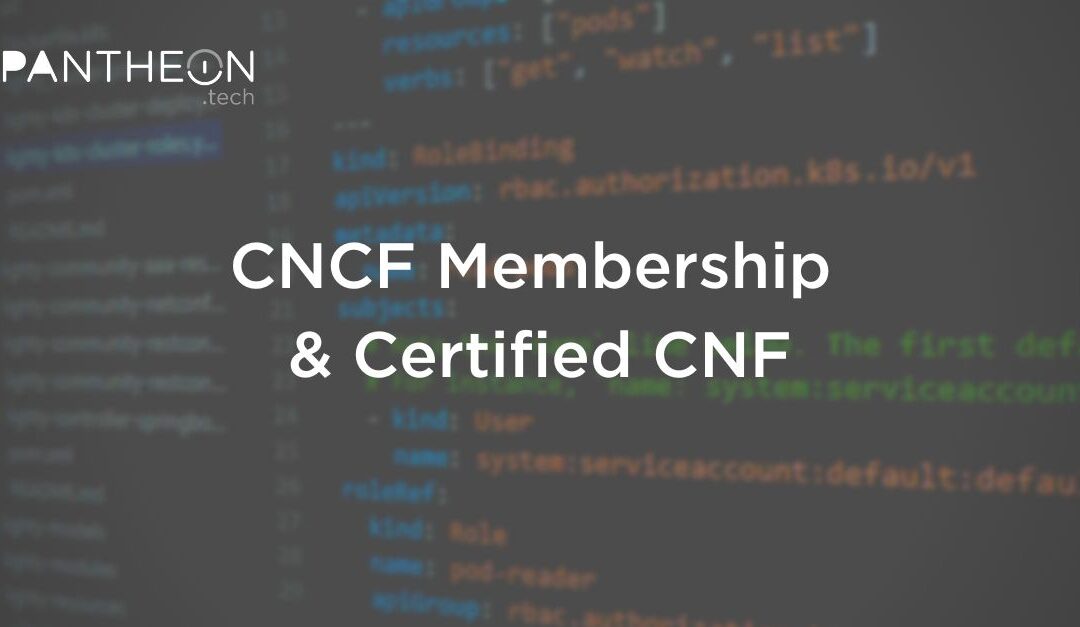
PANTHEON.tech becomes a Cloud-Native Computing Foundation (CNCF) Member
To support and enhance our open source Cloud Native Function development and goals, PANTHEON.tech is extremely pleased to announce our membership of the Cloud-Native Computing Foundation (CNCF). PANTHEON.tech is delighted to be part of CNCF’s charter to “make cloud...![[Release] lighty.io 17](https://pantheon.tech/wp-content/uploads/2022/10/using-lighty.io-RNC-App1-1080x627.jpg)
